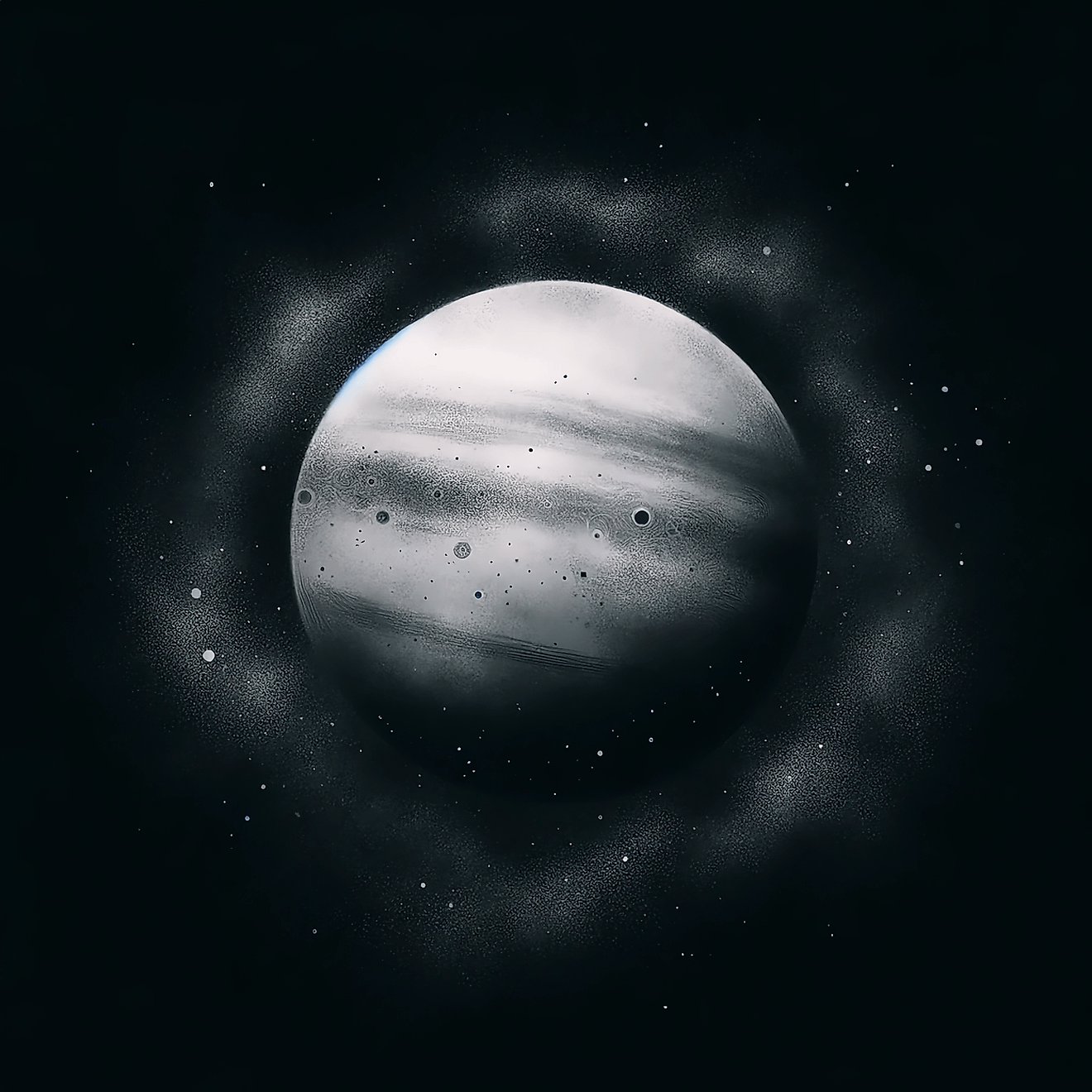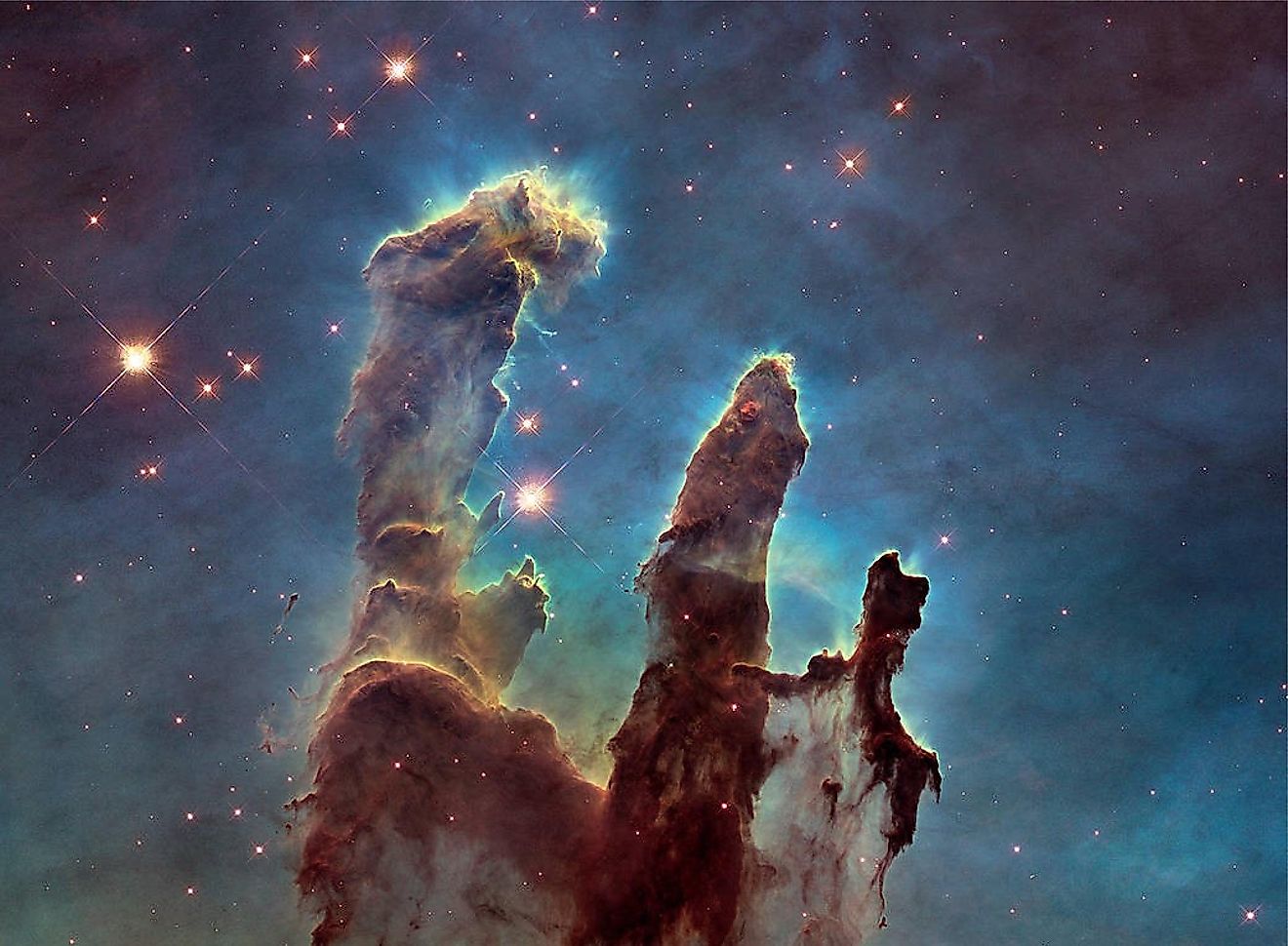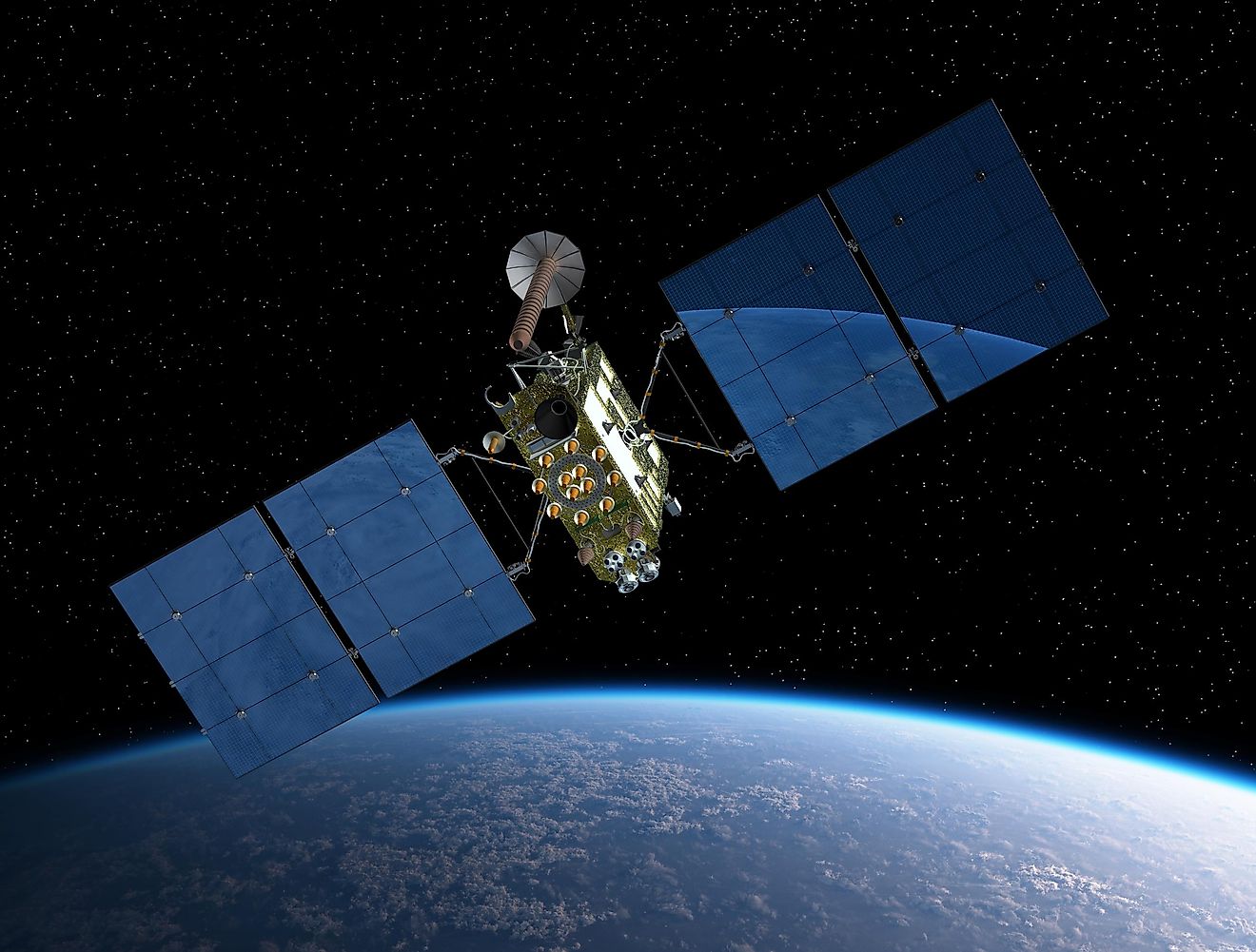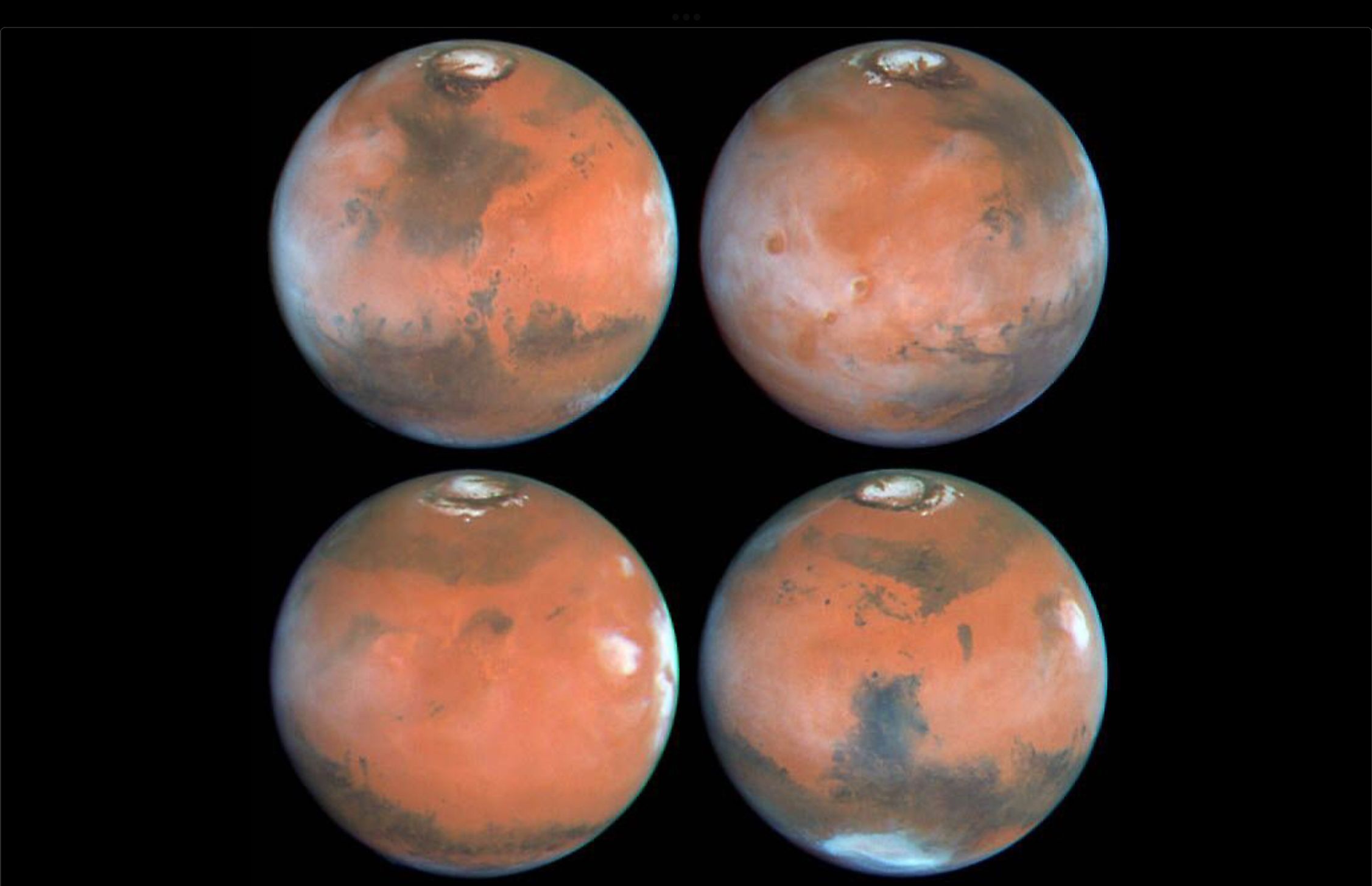
Could We Terraform Mars?
- It is currently impossible for human life to survive on Mars without technology
- Making Mars habitable would require creating a livable atmosphere
- Humans would need to induce a global magnetic field to maintain an atmosphere
Terraforming is the process by which the environment of a planet is altered drastically. Terraforming would require a tremendous amount of energy and resources, yet it would be possible given the right technology. In a way, humanity is currently terraforming the Earth, by changing the chemistry of its atmosphere and altering its surface through industrialization and agriculture. Although this form of terraforming is putting the habitability of our world at stake, would it be possible to terraform the surface of another planet in our solar system and make it habitable? More specifically, could we eventually terraform Mars?
How To Terraform Mars
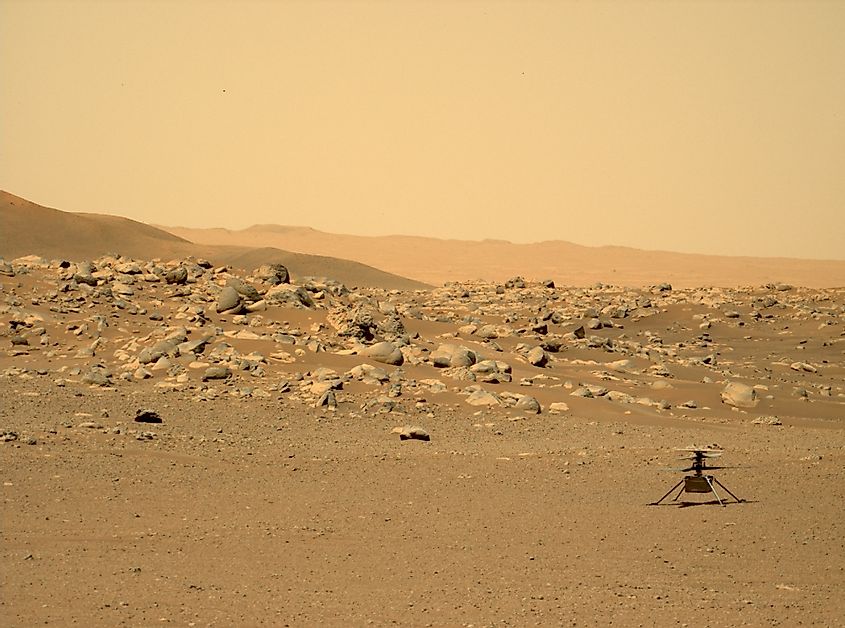
Scientists have long pondered the idea of terraforming Mars to make it a habitable planet. To get an idea of what we would need to do, it is important to understand current conditions on Mars. Mars orbits the sun on the outer edges of the habitable zone, and so given the right conditions, it is possible to make Mars habitable. Furthermore, as the sun ages, it is also getting warmer, causing the habitable zone to move further away from the sun. Over time, Mars will gradually find itself in a better position. However, none of this matters so long as Mars does not have a sufficient atmosphere to retain heat. Currently, the atmosphere of Mars is negligible, being only a fraction as dense as Earth’s atmosphere. Mars lacks both breathable air and any kind of greenhouse effect. Even if Mars were better positioned in the habitable zone, temperatures temperatures would still fluctuate wildly across the surface. In order to terraform Mars, we would have to induce an atmosphere. Elon Musk has suggested that we detonate nuclear weapons on the Martian ice caps since the ice caps are composed mostly of frozen carbon dioxide. Once the carbon dioxide melts, it would enter the atmosphere and induce a greenhouse effect. However, NASA has determined that even if we were to melt the ice caps, there would not be enough carbon dioxide to create a substantial greenhouse effect. Rather, humanity would have to do exactly what it does on Earth and emit vast amounts of carbon dioxide into the atmosphere to induce a strong greenhouse effect. On Earth, this is gradually destabilizing our atmosphere, yet on Mars, it could raise surface temperatures until they become warm enough to support life.
Even if we were to induce a greenhouse effect strong enough to raise surface temperatures on Mars, there would still be the issue of no breathable air. To survive on Mars, humanity would have to emit vast amounts of oxygen into the air. Thankfully, there is a rather easy solution to this. Once there is enough carbon dioxide in the atmosphere and temperatures are warm enough, we could begin planting millions upon millions of trees. The trees would take in carbon dioxide and release oxygen, eventually making the air breathable for humans. The only issue would be to ensure that the amount of carbon dioxide in the atmosphere remains stable, and that the trees do not absorb it all.
Maintaining An Atmosphere
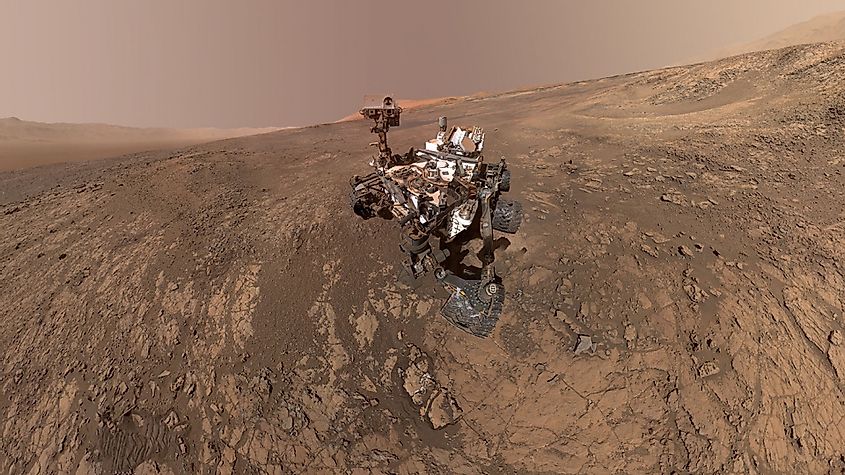
Once we create a livable atmosphere on Mars, there is still one big problem: the sun. Mars once had an atmosphere comparable to Earth’s, yet radiation from the sun slowly stripped Mars of its atmosphere. Here on Earth, we are protected from solar radiation through our magnetic field. Unfortunately for Mars, it lacks a magnetic field, and so it has no protection from solar radiation. Even if we were to create an atmosphere on Mars, solar radiation would slowly destroy it. In order to ensure this does not happen, we would have to induce a magnetic field that surrounds the planet. There are two ways we could do this. First, assuming technology is advanced enough, we could heat up Mars’s core, causing it to spin and induce a magnetic field in a way similar to how Earth’s magnetic field is produced. Second, Mars could be surrounded by thousands of satellites that create small magnetic fields. By connecting thousands of small magnetic fields, we could create a large magnetic field that encircles the planet. By creating a magnetic field and a stable atmosphere, humanity could potentially survive on Mars without the need for specially designed habitats or space suits.









